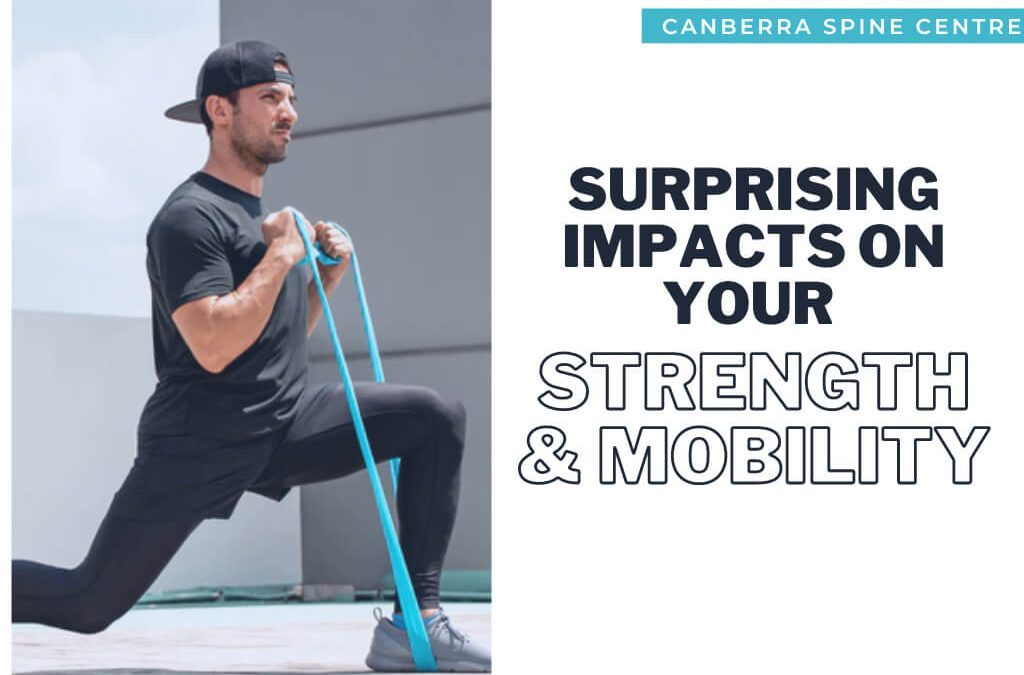
As a dad, I know firsthand the demands of caring for, playing with and generally keeping up with small children.
Occasionally you get subtle reminders that your body doesn’t quite do what it used to do (running race without a rigorous warm-up, anyone?).
Call the ambulance!
For many of us, if we woke up one morning ten years ago in the condition that we’re in today, we would call the ambulance! ‘My God, what’s wrong with me? What’s happened?’ But health deterioration and accumulation of damage doesn’t occur suddenly.
It builds slowly, so we don’t notice things until they have really become serious.
In this article, I want to shed some light on what’s part of ‘normal aging’ and what’s not. That is, why things deteriorate and how you can minimise in this in your life.
Things you can’t change (much)
As we age, there are some areas in which aging marches forward unimpeded. While there are differences between individuals related to factors such as diet, exercise, smoking, stress and sun exposure, these areas tend to decline as we age:
Skin – we lose collagen and elasticity with age – wrinkles!
Hair – we lose pigment and number of hairs
Eyes – lenses harden (difficulty with focal length) and the retina can deteriorate later in life (eg macular degeneration)
Kidneys – you lose around 1% of kidney function per year.
Brain – speed of function declines, but your ability to make connections between concepts and your observations actually improves.
OK – what’s the good news?
The good news is, that lots of stuff isn’t actually aging. Mobility, strength, posture and balance often seem to decrease with age, but they are not actually caused by age.
Mostly, they are related to changes in our behaviour and patterns.
Do you remember the last time you spun around until you became dizzy and then fell over laughing? Yes, it’s the sort of thing that kids do all the time, and is actually a form of vestibular (inner ear) training that makes your balance very good.
Those surprising impacts
Most people think of stretching and strength training, but don’t realise one of the biggest impacts on their strength, balance and mobility is also one of the most commonly experienced.
It’s important to realise that every movement, muscle contraction and reaction to environmental change is monitored and controlled by your nervous system.
Your nervous system controls muscle tone, power, joint position, and helps you maintain upright posture in a world that has gravity and constant change.
When your nervous system is working below it’s best, these areas suffer. For instance, muscle tone is regulated by your nervous system.
When spinal bones no longer move the way they are supposed to, your brain misses out on much of the vital information that comes from spinal movement receptors.
To make up for this lack of information, your brain ‘puts on the brakes’ as a safety mechanism. What does this look like in your body? Increased tone – tightness and stiffness.
Strength can also be impacted by a poorly functioning spine and nervous system.
When your brain senses poor movement and damage, it will often not allow muscles to operate at their peak.
It’s a bit like a de-tuned car engine. As chiropractors at Canberra Spine Centre, we see this very often in our initial consultation – weakness of muscles that improves with improvements in spinal function.
Many of our patients are surprised at both the lack of strength and its return on re-examination.
5 Ways to improve strength, mobility and balance
We all hear about the benefits of exercise. Strengthening and stretching exercises are always going to be helpful.
Here are 5 things you can do to help move better, feel stronger and feel younger again:
- Exercise that helps move your spine – swimming, yoga, walking, Pilates and tai chi are all examples of exercises that gently take your body through a range of motion, repeatedly, helping create mobility and stability in the spine.
- Change your posture frequently – repeated and sustained postures create poor patterns of movement in the spine and elsewhere, leading to restricted mobility and poor spinal motion that again leads to poor body control.
- Strength – squats and lunges are two of the best. If you have trouble doing a squat, just do a half squat until your backside touches the wall and then straighten again. Doing these helps you be strong in daily movement and prevents the accumulation of common injuries.
- Balance – a simple exercise of balancing on one leg (eyes closed if you can) in a corner so that you are safe, is a great way to train balance and body control to prevent injury and damage.
- Get your spine checked by a chiropractor. When your spine and nervous system are working properly, your body control, balance, muscle tone and posture are also better.
Chiropractors use gentle spinal manipulation and soft tissue techniques to help restore proper motion to the spine, thus restoring proper nerve function.
At Canberra Spine Centre, we help people every day to improve their strength, balance and mobility – to feel great again.
If you have concerns about your strength and mobility and you’re not sure what to do about them, please call us on (02) 6257 9400.
If you would like some more information about the spine and nervous system and how it relates to your health, please check out the other articles on our Facebook page or go to our website: www.spinecentre.com.au.
Also, make sure you read the other interesting articles we post on Dad Health this month.
